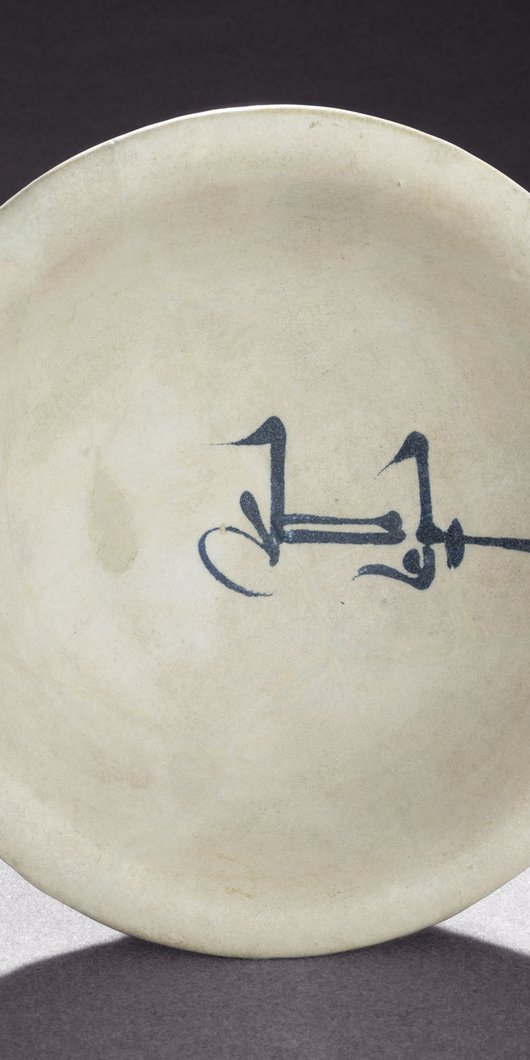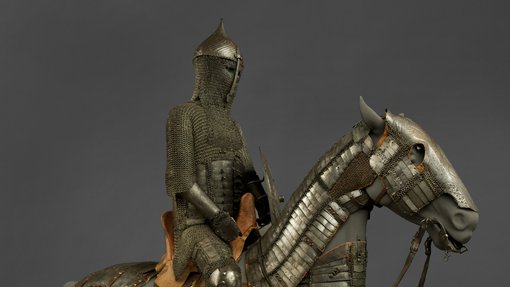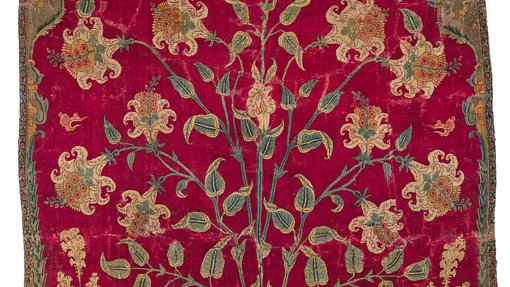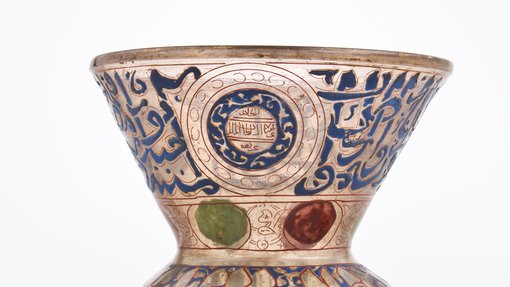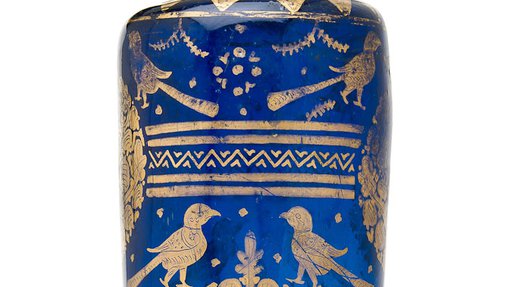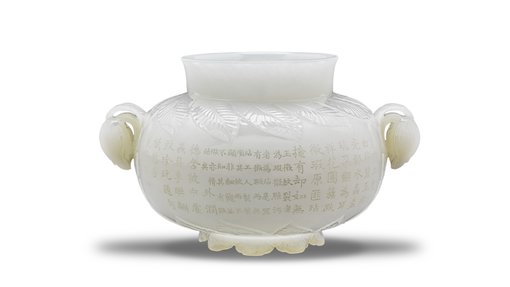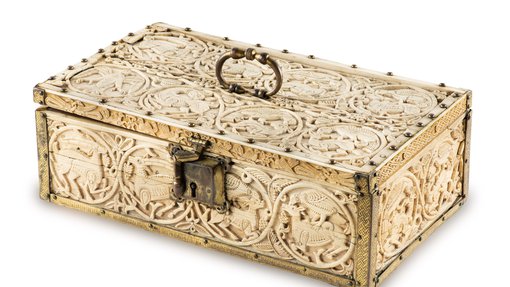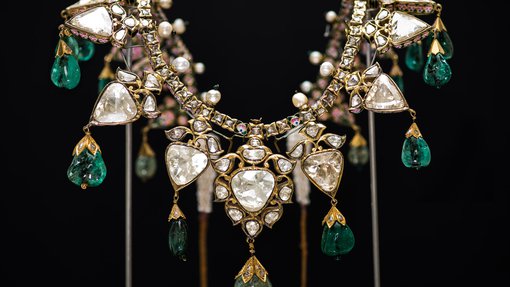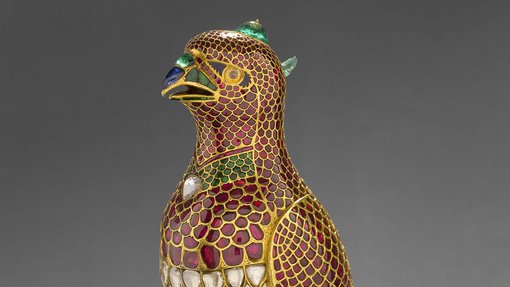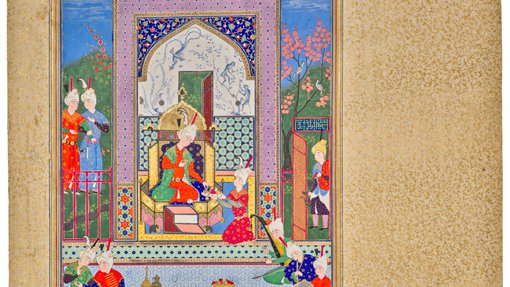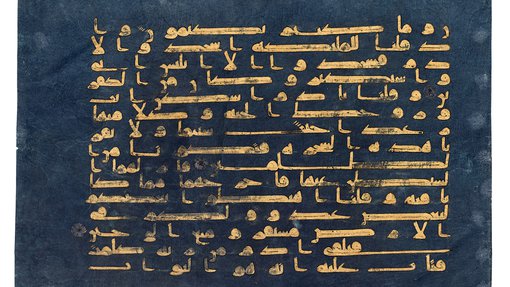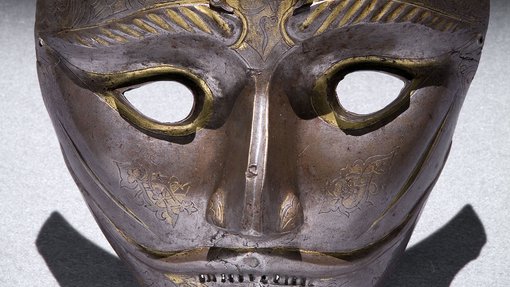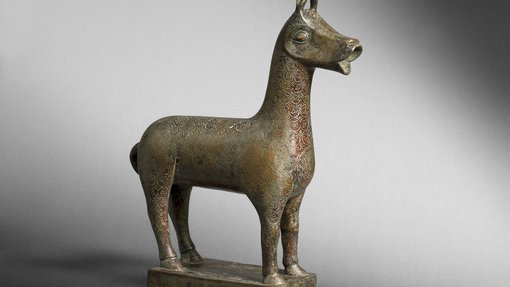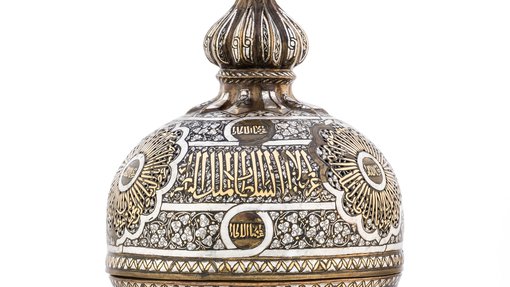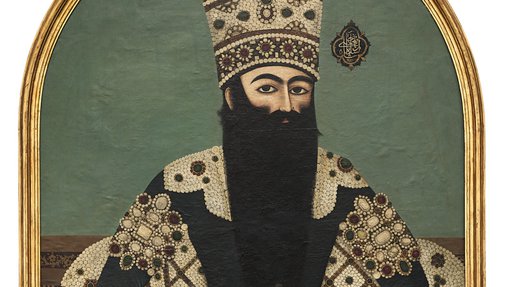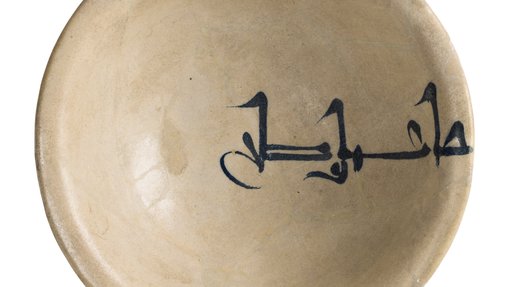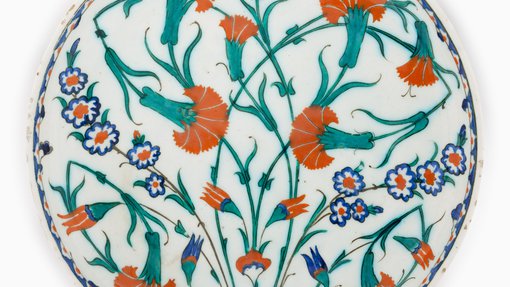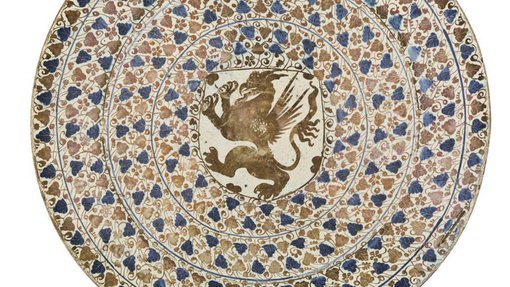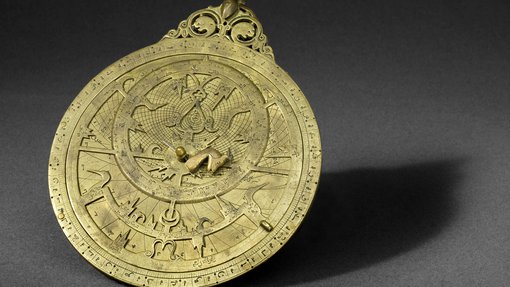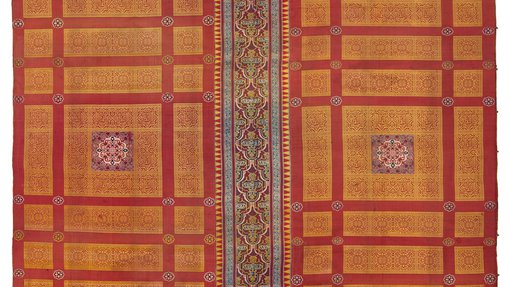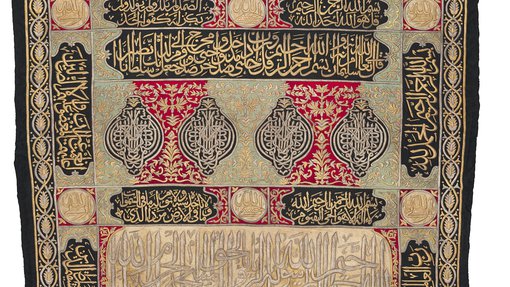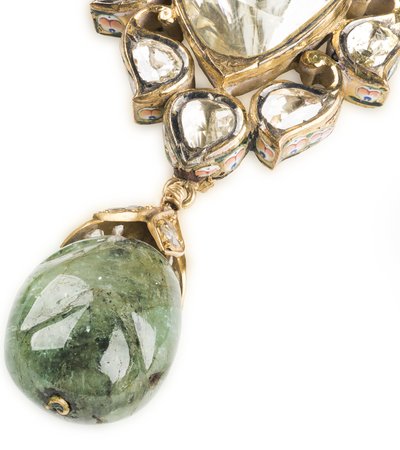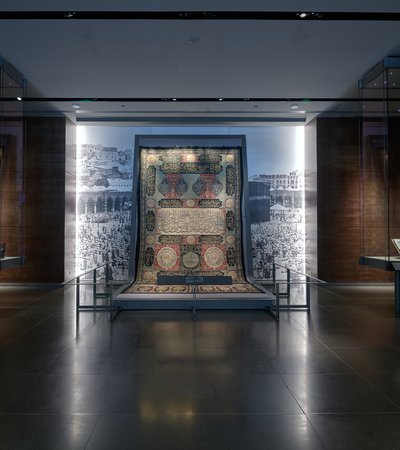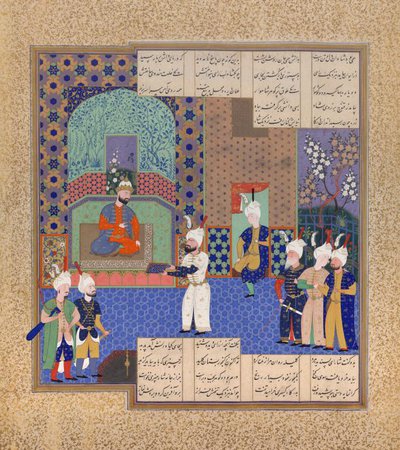Ceramics
From humble kitchenwares to elaborate tile panels, ceramics have always been a vital part of everyday life in the Islamic world.
Glass
MIA’s collection includes some of the most famous pieces of Islamic glass, ranging from delicate early pieces to brightly coloured mosque lamps, goblets and medieval vases.
Manuscripts
MIA’s collection includes more than 800 manuscripts from Qur’ans dating from the 7th century to Ottoman works of the 19th century. The famous Abbasid Blue Qur’an is one the finest and rarest manuscripts in the Islamic world, and the museum houses two of only five known pages from the Timurid Baysunghur Qur’an, the largest Qur’an in the world.
As well as the Qu’rans, MIA’s holdings include manuscripts on science, literature and religious subjects.
Metalwork
From arms and armour and scientific instruments, to household objects, the collection represents the highest quality metalwork of the Islamic world from the 7th century to modern times.
Textiles
MIA’s textile collection has some of the finest examples of carpets, costumes and a wide variety of fabrics produced for the elite of the Islamic world.
